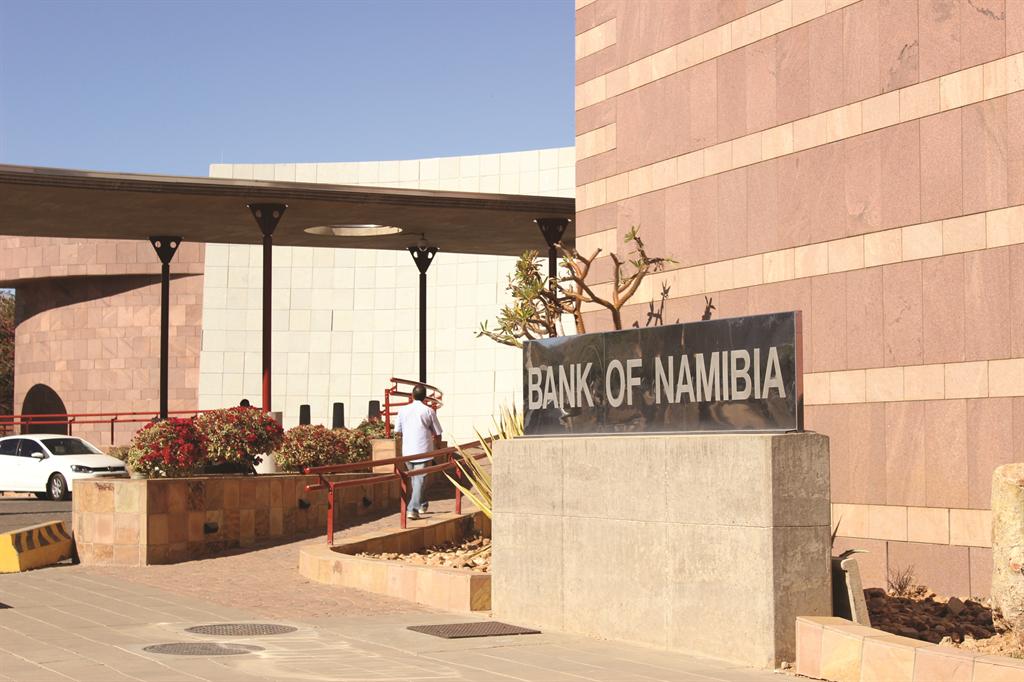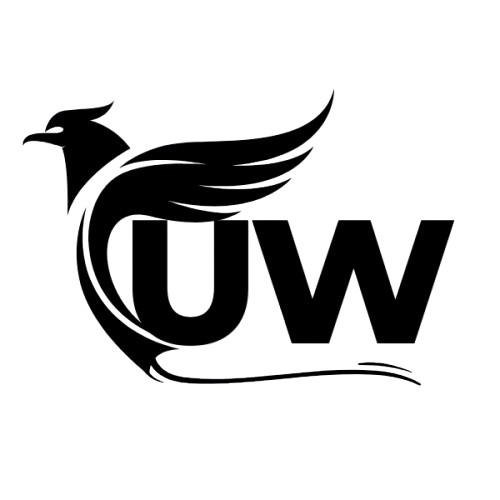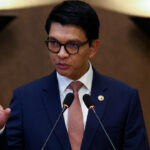
The Bank of Namibia (BoN) is widely anticipated to keep the repo rate unchanged at 6.75% when the Monetary Policy Committee meets on Wednesday, as the central bank seeks to balance economic growth and stable inflation.
According to Almandro Jansen of Simonis Storm Securities, although borrowing costs are likely to remain steady for now, a further 25 basis-point rate cut may still be on the cards before the end of 2025.
“Inflation remains under control, but risks are tilting upward as the economy gathers pace,” Jansen noted, pointing out that service-driven inflation is becoming more persistent while food and transport costs continue to influence short-term trends.
Recent data from the Namibia Statistics Agency shows that headline inflation inched up to 3.5% in September, compared to 3.2% in August — the first monthly rise since May. Jansen said this marks a potential turning point in the disinflation cycle that began late last year.
The increase was largely attributed to transport inflation, which recorded its first positive movement in six months, and sustained price growth in housing, utilities, and fuel, which rose by 3.6%. Meanwhile, food inflation eased slightly to 4.9%, aided by improved harvests and a firmer local currency.
However, Jansen warned that the reprieve in food prices may be temporary, citing climate risks, higher import costs, and global food market instability as ongoing concerns.
Recent data from the Namibia Statistics Agency shows that headline inflation inched up to 3.5% in September, compared to 3.2% in August — the first monthly rise since May. Jansen said this marks a potential turning point in the disinflation cycle that began late last year.
The increase was largely attributed to transport inflation, which recorded its first positive movement in six months, and sustained price growth in housing, utilities, and fuel, which rose by 3.6%. Meanwhile, food inflation eased slightly to 4.9%, aided by improved harvests and a firmer local currency.
However, Jansen warned that the reprieve in food prices may be temporary, citing climate risks, higher import costs, and global food market instability as ongoing concerns.
While core inflation remained at 3.6%, signaling solid domestic price pressures in housing and services, goods inflation softened to 3.3%, and services inflation rose to 3.8%, showing a gradual shift toward non-tradable sectors.
Looking ahead, Jansen said inflation could edge higher in the final quarter of 2025 due to rising oil prices, a weaker Namibian dollar, and firm rental inflation amid housing shortages. Municipal and power tariffs are also expected to add pressure in 2026.
He also highlighted potential external shocks, including the expiry of AGOA and new U.S. tariffs on South African exports, which could raise the cost of imported goods, vehicles, and machinery.
The International Monetary Fund (IMF) projects global inflation to average 6.9% in 2025, with emerging markets slightly higher at 7.2%, reflecting continued global cost pressures.
“Taking all these factors into account, we see Namibia’s inflation averaging between 3.5% and 3.8% in 2025, likely rising toward 4.0% by year-end as fuel costs stabilise and base effects wear off,” Jansen concluded



























